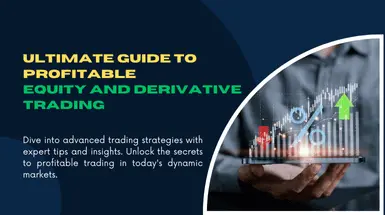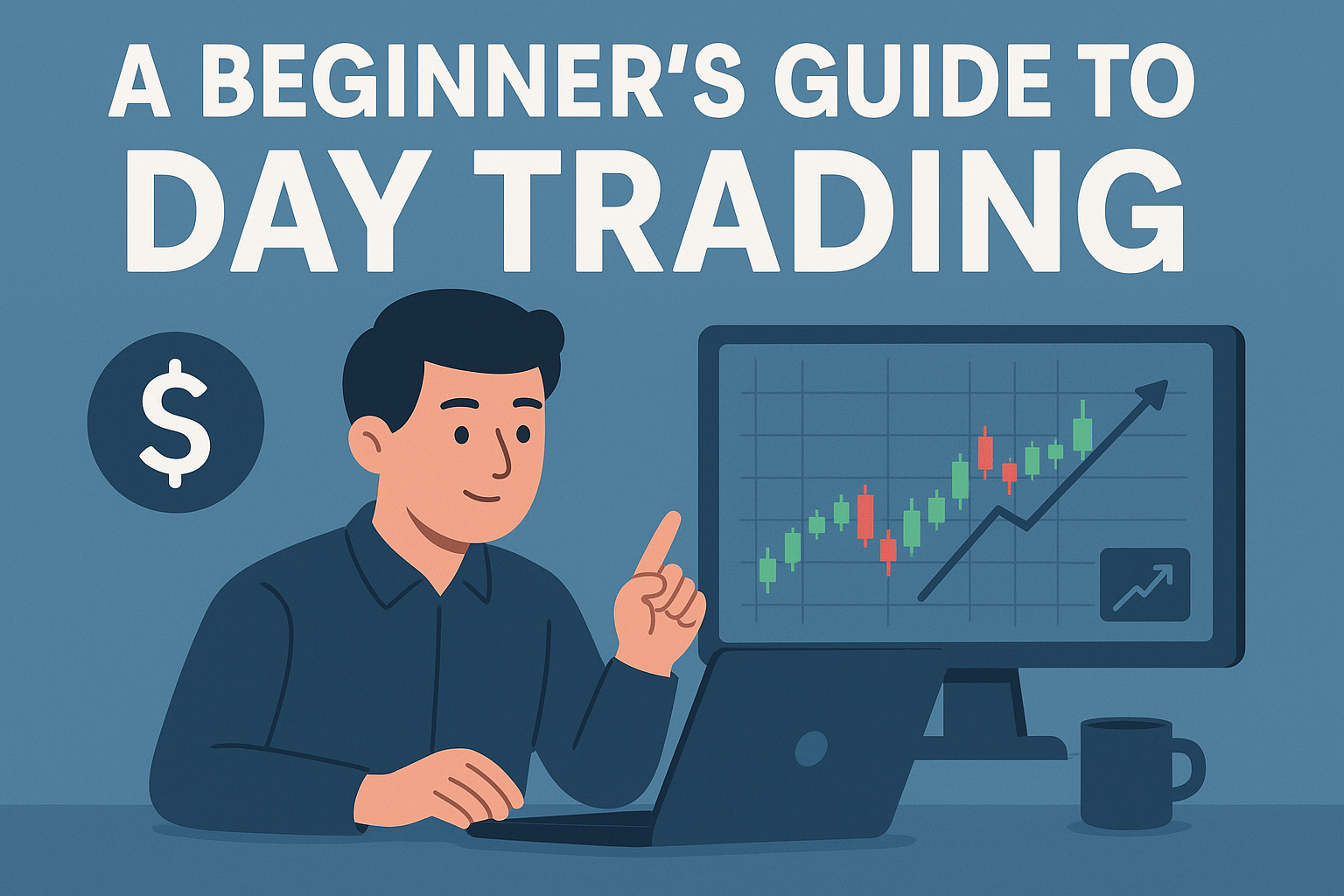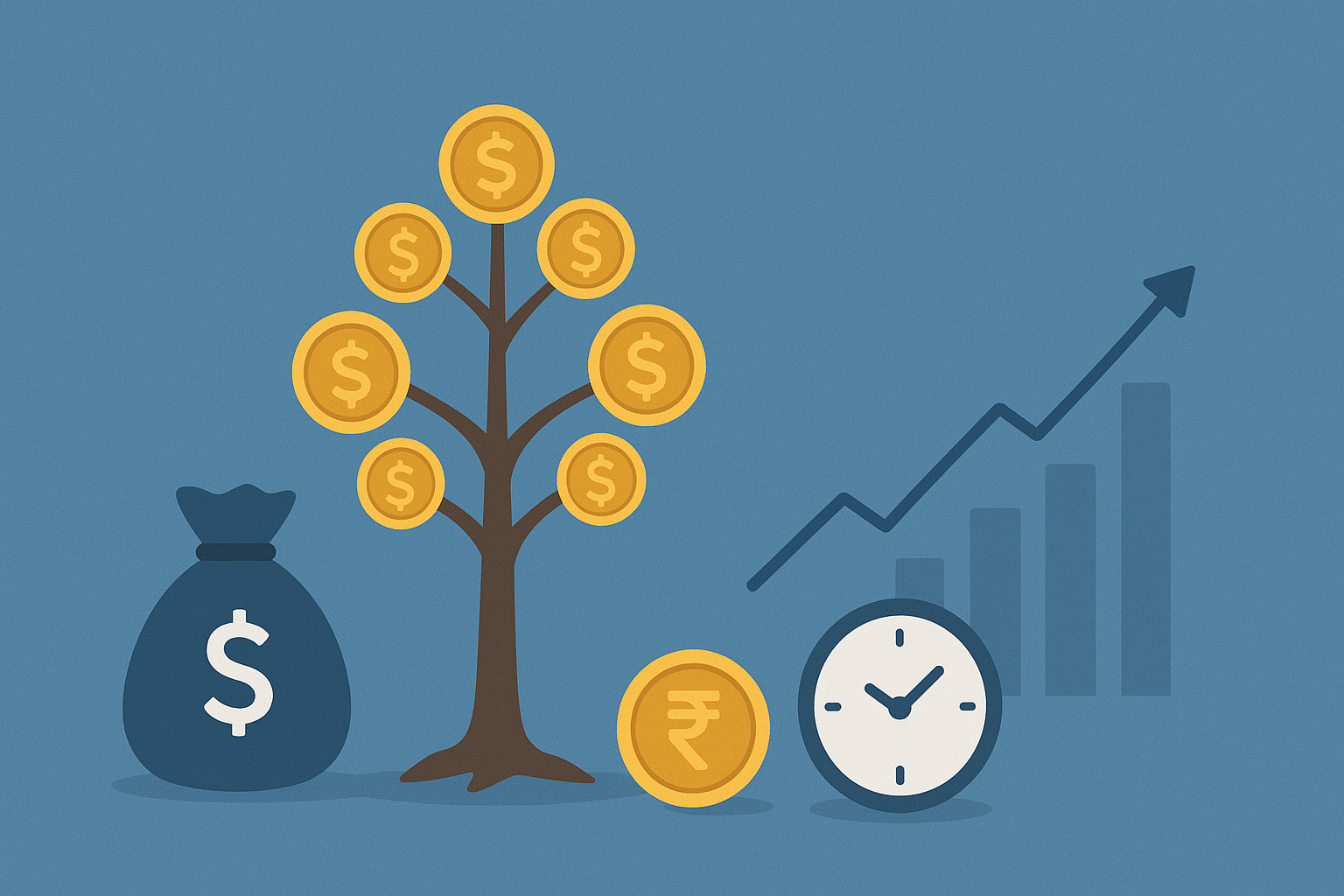Commodity Trading has emerged as one of the most lucrative and dynamic segments of the financial markets. Whether it’s gold, silver, crude oil, natural gas, or agricultural merchandise like wheat, soybeans, and coffee, commodities play a primary function in worldwide exchange and funding. In modern years, online commodity Trading structures and exchanges like MCX (Multi-Commodity Exchange) have made it simpler for traders to take part in this market.
In this Article, Namo Trading Academy able to discover what commodity trading, why it’s crucial, how to alternate commodities effectively, the brilliant techniques to use, and the dangers and rewards involved.
What is Commodity Trading?
Commodity Trading refers to buying and selling raw materials or primary products, such as gold, crude oil, silver, copper, natural gas, and agricultural products. Unlike inventory trading, which includes stocks of corporations, commodity trading focuses on tangible goods that are utilized in ordinary lifestyles.
There are two main types of commodities:
Hard Commodities – These are natural resources that are mined or extracted, such as gold, silver, crude oil, natural gas, and metals.
Soft Commodities – These include agricultural products such as wheat, rice, sugar, cotton, coffee, and livestock.
Commodity Trading usually takes place on regulated exchanges like MCX (India), CME (Chicago Mercantile Exchange), and LME (London Metal Exchange) via futures contracts and sees buying and selling.
Why Commodity Trading is Important
Commodity trading plays a critical role in worldwide financial markets for several reasons:
Hedging towards inflation: Commodities like gold and silver are considered secure havens and protect investors at some point of inflation.
Diversification: Investing in commodities provides portfolio diversification beyond stocks and bonds.
Price discovery: Commodity markets determine the real-time prices of critical items like crude oil and wheat.
Liquidity: High-volume commodities like gold and crude oil provide immense liquidity, making it easier to buy and sell.
Global trade balance: Commodity prices directly impact international trade and the economies of exporting and importing nations.
How Commodity Trading Works
Commodity trading generally happens through futures contracts and spot markets:
Futures Trading: A futures contract is an agreement to buy or sell a commodity at a predetermined price and date in the future. Futures trading is highly popular in crude oil, natural gas, and metals.
Spot Market: Commodities are traded for immediate delivery and payment in the spot market.
Key Exchanges for Commodity Trading
MCX (India) – Popular for gold trading, silver, and crude oil futures.
NCDEX (India) – Agricultural commodities like wheat, soybeans, and sugar.
CME (USA) – A global leader in commodity futures.
LME (UK) – Focused on metals like copper, aluminum, and nickel.
Popular Commodities to Trade
1. Gold Trading
Gold is the most popular commodity among investors. It acts as a haven during economic uncertainty and is widely traded in futures contracts on MCX and global exchanges.
2. Crude Oil Trading
Crude oil is one of the most actively traded commodities. Its prices are influenced by global demand, geopolitical tensions, and OPEC policies. Crude oil futures are highly liquid, making them attractive for traders.
3. Silver Trading
Silver is both an industrial and a precious metal, which makes it highly volatile. Traders use silver futures for both short-term gains and long-term investment.
4. Agricultural Commodities
Soft commodities like wheat, soybeans, sugar, and coffee are crucial for food supply and are actively traded on NCDEX and global exchanges.
5. Natural Gas Trading
Natural gas trading is volatile and profitable, influenced by weather conditions, energy demand, and production trends.
Commodity Trading Strategies
1. Trend Following Strategy
Identify whether a commodity like gold or crude oil is in an uptrend or a downtrend and trade in the direction of the trend.
2. Range Trading Strategy
When commodities trade within a price range, traders buy at support levels and sell at resistance levels.
3. Breakout Strategy
Commodities often break out of price ranges due to supply-demand changes. Trading breakouts can yield high returns.
4. Risk Strategy
Businesses use commodity trading to hedge against price fluctuations. For example, airlines hedge against crude oil price increases.
5. Market imbalance trading Strategy
Traders exploit price differences between different exchanges or contracts.
Risk Management in Commodity Trading
Commodity trading is profitable but carries risks due to price volatility. Some risk management tips include:
Use Stop-Loss Orders – Protects against unexpected price swings.
Diversify Across Commodities – Don’t rely only on crude oil or gold trading.
Limit Leverage Usage – While margin trading increases profits, it also magnifies losses.
Stay Updated with News – Global events, weather patterns, and policies directly impact commodity prices.
Set Realistic Targets – Avoid overtrading and stick to disciplined trading plans.
Advantages of Commodity Trading
- High Liquidity in markets like gold and crude oil.
- Profit Potential from both rising and falling prices.
- Leverage Benefits with small margin requirements.
- Global Exposure through international exchanges.
- Portfolio Diversification beyond stocks and real estate.
Challenges in Commodity Trading
High Volatility due to political and economic factors.
Leverage Risks that can lead to heavy losses.
Complexity for beginners unfamiliar with futures contracts.
Market Timing is difficult, requiring constant monitoring.
Future of Commodity Trading
The future of commodity trading looks promising with digital transformation, blockchain technology, and AI-based trading platforms. Online trading apps are making it easier for retail investors to participate in commodity markets.
Additionally, green energy commodities such as lithium, cobalt, and renewable energy credits are gaining importance, signaling a new era in commodity investment.
Final Thoughts
Commodity trading is one of the most effective methods to build wealth, risk against inflation, and diversify a funding portfolio. Whether you are trading gold, crude oil, or agricultural merchandise, success in the commodity market requires information, field, and strong threat control.
For beginners, starting with gold or crude oil trading on MCX is a superb way to begin. Advanced buyers can explore techniques like futures trading, arbitrage, and risk to maximise returns.
With the right approach, commodity trading can become a reliable path to long-term financial growth. Join Namo Trading Academy Commodity Trading Course and elevate your career to the next level.



